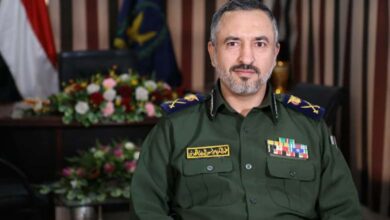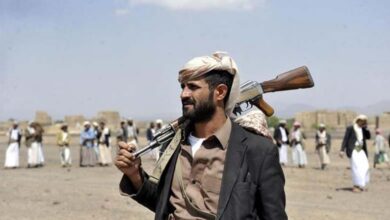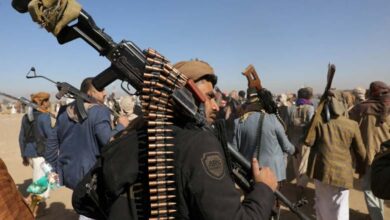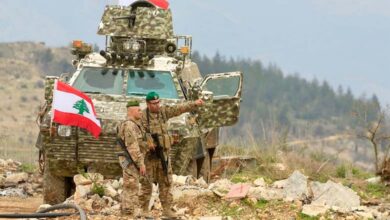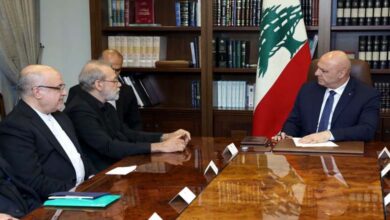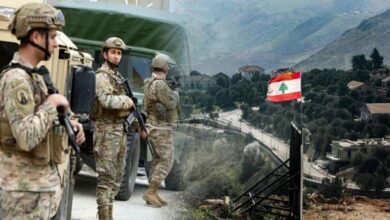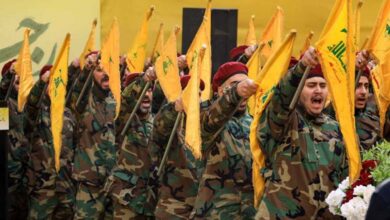The International Force in Gaza: Cautious Concessions Open a Window for Consensus

Although the creation of a “stabilization force” of up to 40,000 troops may appear an impossible mission, there are growing signs of a potential agreement.
The Trump administration is currently working within the United Nations to rally support for an international peacekeeping force in Gaza. Last week, the U.S. mission to the UN in New York circulated a draft Security Council resolution outlining the framework for this “International Stabilization Force.”
-
The coexistence of opposites in Gaza: life pulsing among the dead
-
Ruling Gaza Until 2027: Details of the U.S. Draft Resolution at the UN Security Council
According to The Times, diplomats have urged Washington to follow the UN path, stressing that a military deployment of such magnitude—up to 40,000 troops—requires a solid legal foundation.
Despite general consensus on this approach, deep disagreements remain between the United States, regional players, and the warring parties themselves. Neither Israel nor Hamas has yet formally agreed to move beyond the fragile initial truce, the exchange of captives, and the resumption of humanitarian aid.
The Security Council is set to begin deliberations on Thursday. Negotiators must find a way to convince Israel that the stabilization force will disarm Hamas, while assuring the movement that it will remain part of Gaza’s political future—and identify countries willing to send troops that may have to face armed Palestinian factions, according to the British paper.
-
Hamas Fighters Inside the Yellow Line: A New Test for the Gaza Ceasefire
-
Secret U.S. Report: Hundreds of Israeli Violations in Gaza Under Investigation
Signs of Agreement
Although the mission seems diplomatically daunting, some early signs of convergence have emerged. Israeli officials privately admit that “stripping Hamas of pistols or light weapons used for personal protection may not be feasible.”
Meanwhile, Hamas expressed last week its willingness to give up weapons whose range exceeds the border areas to be patrolled by the “stabilization force.”
Mousa Abu Marzouk, a senior Hamas official, stated: “If you mean weapons whose range extends beyond the buffer zone, that’s understandable—they could threaten the other side.”
-
Safe Corridor… Details of a New US Offer to Hamas in Gaza
-
Israeli raids on Gaza: the heaviest loss of life in a single night since the ceasefire
Such an approach could make disarmament easier, as the rockets and mortars mentioned by Marzouk are difficult to hide from the troops or police patrolling Gaza’s streets.
However, Hamas’s retention of small arms means it could still use them to intimidate rival factions, raising questions about who truly controls the ground.
Managing internal Palestinian tensions is not a task favored by the nations that have agreed in principle to send troops; they prefer that a newly formed Gazan police force take full responsibility.
A source close to the negotiations stated, “Everything must be purely Palestinian.”
-
After the Truce… a Silent Enemy Threatens Gaza
-
New Gaza between American Opportunity and Palestinian Fears
The U.S. draft circulated in New York specifies that the mission of the stabilization force will be “to assist, in cooperation with a newly trained Palestinian police force, in securing border areas and stabilizing Gaza’s security environment by ensuring the disarmament of the territory, including the destruction and prevention of the reconstruction of military, terrorist, and offensive infrastructure, as well as eliminating weapons held by non-state armed groups.”
Countries such as Egypt, Azerbaijan, Pakistan, Turkey, and Indonesia have expressed their readiness to participate, while Jordan’s King Abdullah II announced that his country would not join, stating: “We hope this will be a peacekeeping mission, because no one dares to attempt to impose peace.”
Egypt will take part in training the new Gazan police, which could include about 30,000 members.
-
Harsh living and the specter of war: Gaza’s exhausted residents still suffering
-
Arab States Reject Israeli Plan to Divide Gaza
Even if the plan seems complex, some foreign troops are already on the ground. A U.S.-led civil-military coordination center has been operating for three weeks, with more than 200 international officers stationed at an Israeli military base near Kiryat Gat, gradually expanding its presence inside Gaza.
So far, the center monitors the fragile ceasefire and coordinates aid deliveries. But if the stabilization plan gains traction, its role could expand significantly.
While some Israeli politicians have historically rejected international security arrangements, the current situation—with an exhausted army and depleted reserves—has led many military leaders to admit that Gaza is no longer a battle that can be won solely by force.
-
Gaza Truce: Israel identifies a body as U.S. diplomatic efforts intensify to sustain calm
-
The recent escalation in Gaza: will it accelerate international oversight of the truce?
The U.S. Draft
The American draft stipulates that the “International Stabilization Force” will operate under a unified command reporting to the “Peace Council,” the international committee tasked with administering the Palestinian territories, chaired by Donald Trump himself.
An American general is expected to lead the force to maintain balance among participating countries and secure Israel’s confidence. Despite Trump’s promises not to deploy U.S. ground troops, certain missions may ultimately require American or Western units.
-
Serious truce violation: Israel strikes Rafah after vehicle targeted in Gaza
-
Trump announces the start of Phase Two of the plan to end the Gaza war: pathway and obstacles
Success will depend on sustained U.S. commitment and meticulous attention to detail.
If the plan fails, Gaza’s future will be bleak—half of it likely remaining under Israeli occupation, with continuing cycles of violence and chaos hindering reconstruction. However, fear of such an outcome, combined with modest humanitarian progress, may be enough to push the Security Council to adopt the plan and authorize the deployment of the international force.



